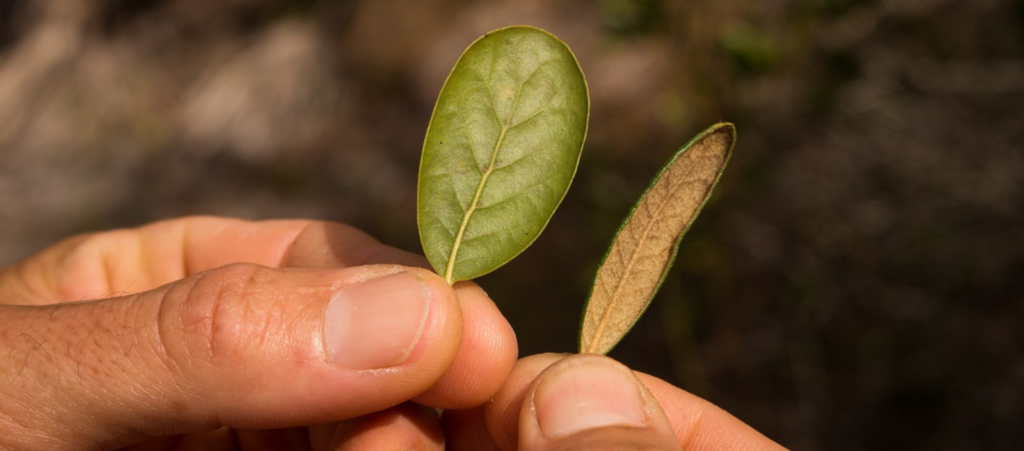From now through Memorial Day, Naples Botanical Garden is hosting a citizen-science initiative using iNaturalist called Project Stay Planted 2021. This project is a great way to familiarize yourself with the plant life around you in a fun and engaging way! Through the app or website, you can put on your scientist hat to catalog the plant species in your neighborhood.
Unsure of where to start? Consider conducting a square-foot backyard survey. This is an easy way to inventory what is growing and living in your yard.
To start your survey, measure out one square foot using a ruler. You can cut pieces of 12-inch string to make your square, or just unroll a string to the 12-inch dimensions. Now that you have your observation area measured, get exploring!

Take a closer look with a hand lens if you have one. You might notice more than one plant in your observation area. You can make a list using pen and paper first, then you can go digital with iNaturalist and add notes to the description section.

All good scientists take careful, descriptive notes. You can practice the same way. Consider writing down the date, time, and weather conditions outside. Is it a sunny and breezy day? Or is it overcast and dark outside? Jot it all down! If you want to get even more specific, pull up information from the Weather Channel for more details like wind speed, humidity level, and temperature.

The iNaturalist platform allows you to find out more scientific information on your plants with the help of other users on the site. For my survey, I took note of an unknown flower by writing down “pink–and–white flower” on my list. I uploaded a picture of it to iNaturalist, and within a day, it went from unknown to having a suggested identification.

With the suggested identification, I was able to do some research and confirm that my pink–and–white flower was none other than a turkey tangle frog fruit! Once you’re done with your survey and have uploaded your information to iNaturalist, take a moment to reflect and analyze your findings.
Some questions to consider:
- How many of each item did you find?
- Did you see more plants, or did you see fungi or lichen growing?
- Do you think weather conditions or level of sun affect what grows in this area? Why?
You can check in on your same square-foot space within a couple of weeks, or choose a new spot and compare your discoveries. Additionally, with iNaturalist, you can help others identify their images to build a database that both budding botanists and professional scientists can use. Just think — if there’s plenty of biodiversity in just one square foot of your yard, imagine the variety of natural life that exists in all the green space on the planet!



